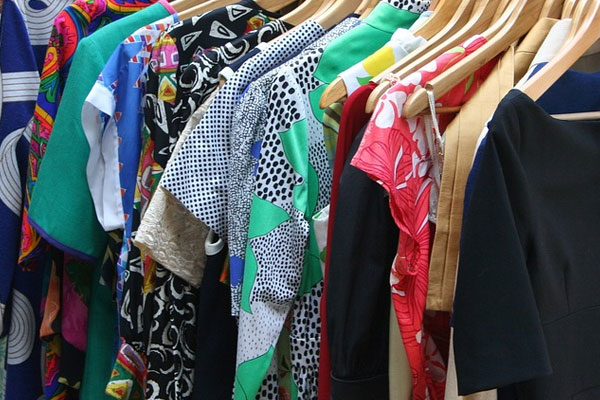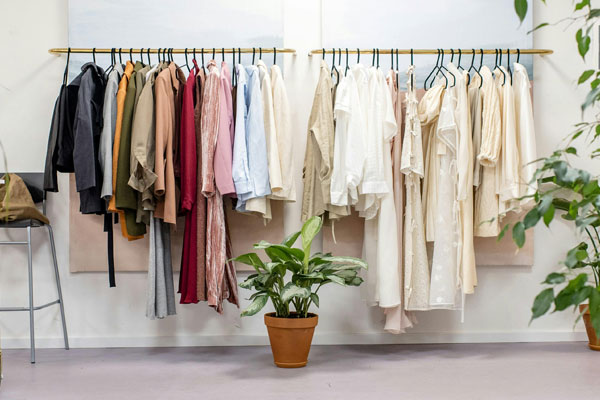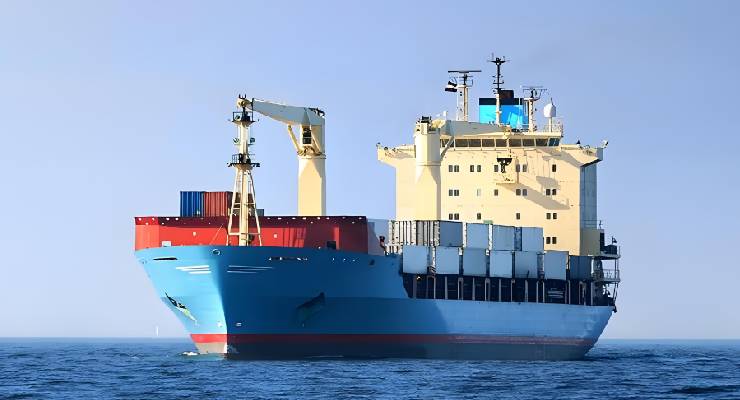
The clothing market in China is one of the largest in the world, with a wide variety of products that can meet the needs of different consumer groups. Driven by the continuous growth of the middle class and the acceleration of urbanization, the industry has evolved from a major manufacturing center to a rapidly growing consumer market.
1. How to choose procurement suppliers in China
Product range
The product range is the main criterion for selecting potential clothing manufacturers.Clothing factories specialize in producing certain types of clothing, which is also reflected in their subcontractors and their machines.
You can quickly browse the supplier's website or supplier pages on Alibaba or Global Resources to understand the supplier's product range.However, the scope of company activities specified on the supplier's business license may better illustrate the issue.
Compliance monitoring
Many buyers in markets, mainly the United States and the European Union, must ensure compliance with various product standards and regulations. When it comes to textiles, there are various restrictions on the ingredients used, including limiting the content of formaldehyde, lead, and azo dyes.
However, few clothing manufacturers are able to provide compliance documents (i.e. test reports). Therefore, it is difficult to evaluate the ability of clothing suppliers to produce compliant goods.On the contrary, compliance documents are usually held by textile subcontractors and foreign buyers, rather than by clothing factories. However, experience tells us that the risk of non-compliance (i.e. product failure to pass compliance testing) is very low when importing clothing from China.
2.What to include in the Techpack
Fabric characteristics
· Fabric specification list:
· Composition / fibre (i.e. 98% cotton, 2% spandex)
· Weight (e.g. 240 g / m²)
· Number of wires (ex. 40 x 40)
· Wire type (e.g. combed)
· Colours
· Treatment (e.g. flame retardant)
· Coating (e.g. PU coating)
· Minimum Order Quantity (MOQ)
Clothing suppliers not only define minimum order quantity requirements based on product (i.e. design), but also on color, fabric, and size. Therefore, clothing importers must apply to potential clothing manufacturers for the following minimum order quantities:
· MOQ per fabric
· MOQ by reference
· MOQ by color
· MOQ by size

3.Customs declaration process
Take import transportation from China to USA as an example:
Export declaration enterprises should register with the local customs and inspection and quarantine bureau, and have import and export operation rights and inspection qualifications.
Documents required for export declaration:
After the goods arrive at the customs supervision area and 24 hours before loading, the customer must prepare the required documents from the customs
Documents declared to customs
One copy each of the manifest, invoice, contract, verification form, customs declaration power of attorney, shipping company loading list and other documents.
Various certificates as per the customs tariff rules. (Such as customs declaration form, export license, etc.)
Documents required for export inspection:
Customers should prepare the required documents three days before the customs declaration date and declare to the Inspection and Quarantine Bureau.
Vouchers include: manifest invoice, contract, inspection power of attorney, factory inspection form, carton packing list and other vouchers.
For goods exported to the United States, Canada, Germany, France, Italy, UAE, Saudi Arabia and other places, the outer packaging is made of wooden materials and needs to be fumigated or heat treated. The documents provided by the customer include: list, invoice, contract, and inspection power of attorney.
The export declaration form is formally submitted to the customs. If taxes and fees are required for export, the taxes and fees must be paid in a timely manner.
The customs on-site inspection of documents has ended. After the goods documents are released, the owner of the goods shall transport the goods to the customs supervision area within the time specified by the customs.
Check and release. If inspection is required, the customs broker should promptly contact the customs to inspect the goods. After inspection, the designated lead should be stamped by the shipping company.
Seal it up. Those that do not require inspection should be released in time, and the bill of lading should be sent to the port for shipment according to the customs cut-off time.
After the goods are exported, the shipping company sends the export manifest data to the customs. After the customs receives the data, the customs broker waits for the customs data to be cleared, and then promptly prints the tax refund verification form at the customs.
Export declaration completed
-
 A Comprehensive Guide to Refrigerated ContainersJun 17,2025
A Comprehensive Guide to Refrigerated ContainersJun 17,2025 -
 Guide to 20ft & 40ft Shipping Container Dimensions for Global LogisticsJun 17,2025
Guide to 20ft & 40ft Shipping Container Dimensions for Global LogisticsJun 17,2025 -
 How to track shipments sent from ChinaMay 13,2025
How to track shipments sent from ChinaMay 13,2025 -
 Guide to Importing and Shipping Cars from China to UAEMay 13,2025
Guide to Importing and Shipping Cars from China to UAEMay 13,2025 -
 Guide to Importing and Shipping Camping Gear from ChinaMay 07,2025
Guide to Importing and Shipping Camping Gear from ChinaMay 07,2025 -
 Shipping from China to YemenMay 06,2025
Shipping from China to YemenMay 06,2025

